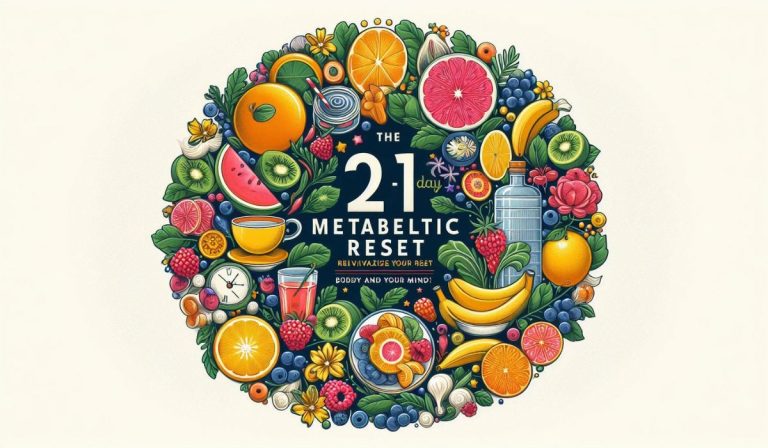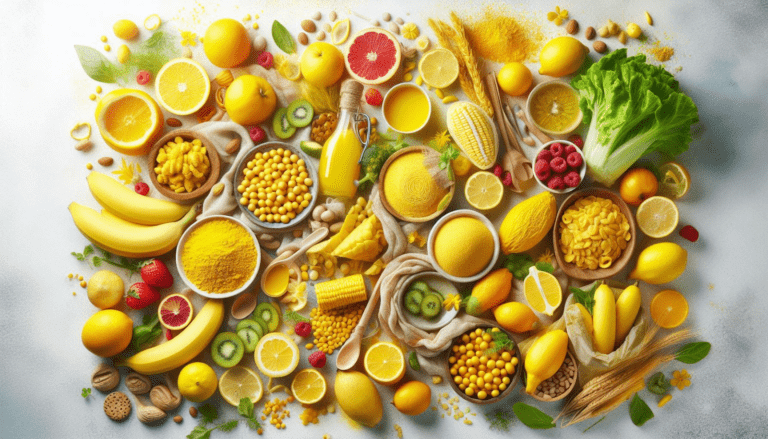The Nutritional Breakdown of Kraft Macaroni and Cheese

Kraft Macaroni and Cheese is one of the most iconic and beloved comfort foods, especially for children. Its combination of creamy cheese sauce and tender pasta noodles has made it a family staple for generations. But how healthy is this classic boxed meal? Let’s take a deep dive into the nutrition facts to see what’s really in a box of Kraft Mac and Cheese.
The Base Ingredients
The main ingredients in the standard Kraft Macaroni and Cheese box are:
– Enriched macaroni product (wheat flour, niacin, ferrous sulfate, thiamin mononitrate, riboflavin, folic acid)
– Cheese sauce mix (whey, milkfat, milk protein concentrate, salt, sodium tripolyphosphate, contains less than 2% of citric acid, lactic acid, artificial flavor, yellow 5, yellow 6)
– Milk
– Butter
Looking at these core components, there are a few important nutritional takeaways:
Pasta – The macaroni noodles are made from enriched wheat flour, meaning they’re fortified with key vitamins and minerals like iron, B vitamins, and folic acid. This helps make up for some of the nutrition lost in the refinement process of turning wheat into white flour. However, the noodles are still relatively low in fiber compared to whole wheat pasta.
Cheese Sauce – The cheese sauce mix is where things get a bit more processed. It contains whey, milk protein concentrate, and several food additives and preservatives. The milkfat and milk proteins do provide some calcium, but the sauce is also high in sodium from the added salt and sodium tripolyphosphate.
Milk and Butter – These two added ingredients boost the overall nutritional profile, as milk is a good source of protein, calcium, and vitamin D, while butter provides some beneficial fatty acids.
Nutritional Comparison
So how does the nutrition in a box of Kraft Mac and Cheese stack up overall? Let’s compare the key nutrients to some other common side dish options:
Calories
Kraft Mac and Cheese (1 cup prepared): 360 calories
Baked potato: 148 calories
Brown rice (1 cup cooked): 216 calories
Whole wheat pasta (1 cup cooked): 174 calories
Kraft Mac and Cheese is significantly higher in calories compared to more whole food-based side dishes. This is largely due to the cheese sauce and butter that gets added.
Fat
Kraft Mac and Cheese (1 cup): 18g fat, 11g saturated fat
Baked potato: 0g fat
Brown rice: 1.8g fat, 0.4g saturated fat
Whole wheat pasta: 1.9g fat, 0.3g saturated fat
The high fat and saturated fat content of Kraft Mac and Cheese is one of its biggest nutritional drawbacks. The cheese sauce and butter pack in a lot of saturated fat, which in excess has been linked to increased cholesterol levels and heart disease risk.
Carbohydrates
Kraft Mac and Cheese (1 cup): 34g carbs, 2g fiber
Baked potato: 34g carbs, 3g fiber
Brown rice: 44g carbs, 3.5g fiber
Whole wheat pasta: 37g carbs, 6g fiber
The carb content of Kraft Mac and Cheese is on par with other starchy side dishes, but it’s much lower in beneficial fiber compared to options like brown rice and whole wheat pasta.
Protein
Kraft Mac and Cheese (1 cup): 13g protein
Baked potato: 4g protein
Brown rice: 5g protein
Whole wheat pasta: 7g protein
Kraft Mac and Cheese does provide a solid amount of protein, mainly from the cheese sauce and milk. This helps make it more filling and satisfying.
Micronutrients
Kraft Mac and Cheese (1 cup):
– Calcium: 375mg (29% DV)
– Sodium: 820mg (36% DV)
– Vitamin A: 500IU (10% DV)
Baked potato:
– Calcium: 12mg (1% DV)
– Sodium: 17mg (1% DV)
– Vitamin A: 2mcg (0% DV)
Brown rice (1 cup):
– Calcium: 23 mg (2% DV)
– Sodium: 5mg (0% DV)
– Vitamin A: 0 mg (0% DV)
Whole wheat pasta (1 cup):
– Calcium: 25mg (2% DV)
– Sodium: 2mg (0% DV)
– Vitamin A: 0 mcg (0% DV)
Kraft Mac and Cheese shines when it comes to providing calcium, thanks to the cheese sauce. However, it also contains a very high amount of sodium, which can be problematic in excess. The other side dishes are much lower in these key micronutrients.
The Verdict on Kraft Mac and Cheese
Based on the nutrition facts, a few key conclusions can be drawn about Kraft Macaroni and Cheese:
It’s High in Calories and Saturated Fat
A single serving of prepared Kraft Mac and Cheese packs 360 calories and 18g of fat, with 11g of that being artery-clogging saturated fat. This makes it one of the more calorie and fat-dense side dish options.
It’s Low in Fiber and Other Nutrients
Outside of the calcium provided by the cheese sauce, Kraft Mac and Cheese is relatively low in other beneficial nutrients like fiber, vitamins, and minerals compared to whole food alternatives. The pasta is enriched, but the processed cheese sauce lacks the nutritional punch of real cheese.
It’s High in Sodium
At 820 mg of sodium per serving, Kraft Mac and Cheese provides over one-third of the recommended daily limit for sodium. Excessive sodium intake is linked to hypertension and other health issues.
It Can Be Part of a Balanced Diet, in Moderation
With all that said, Kraft Mac and Cheese isn’t an inherently “bad” food. It can absolutely be enjoyed as part of an overall healthy and balanced diet, as long as portions are kept reasonable. The pasta, milk, and cheese do provide some beneficial nutrients.
The key is to not make Kraft Mac and Cheese a dietary staple. Treat it more as an occasional indulgence or side dish, not the main component of most meals. Pair it with plenty of fruits, vegetables, lean proteins, and other nutrient-dense foods to create a well-rounded plate.
Healthier Kraft Mac and Cheese Hacks
If you love the classic taste of Kraft Mac and Cheese but want to boost the nutrition a bit, here are some easy modifications to try:
– Use milk instead of butter when preparing. This cuts down on saturated fat.
– Add in extra vegetables like broccoli, peas, or diced tomatoes.
– Swap out some of the cheese sauce for plain Greek yogurt. The yogurt adds protein and probiotics.
– Use whole wheat macaroni noodles instead of the standard enriched kind.
– Top with breadcrumbs or crushed whole grain crackers for extra fiber and crunch.
With a few simple tweaks, you can enjoy the cheesy goodness of Kraft Mac and Cheese while boosting the overall nutritional value. Just be mindful of portion sizes, and don’t make it a daily habit.
At the end of the day, Kraft Mac and Cheese is a beloved comfort food that can absolutely fit into an overall healthy diet – as long as it’s consumed in moderation as part of a varied menu of nutritious meals and snacks. With a little creativity, you can make it a bit better for you without sacrificing the classic flavor.





